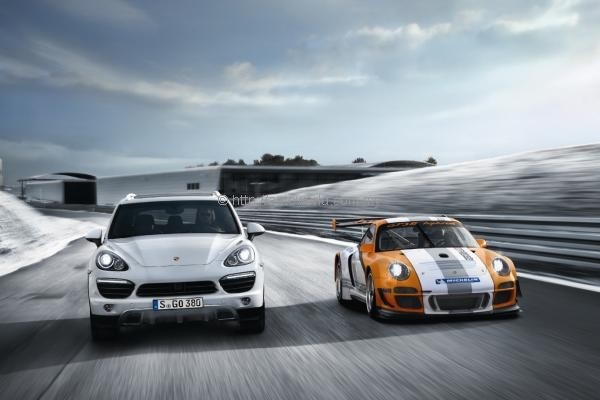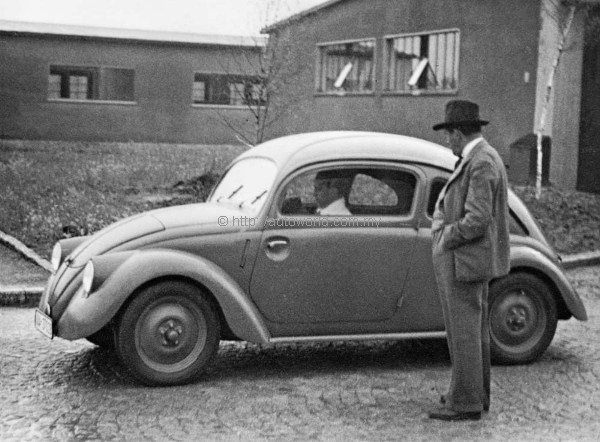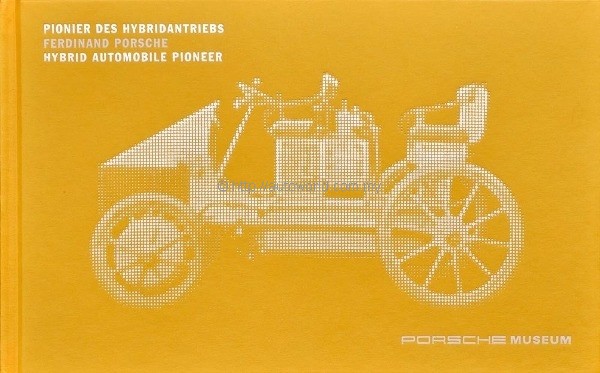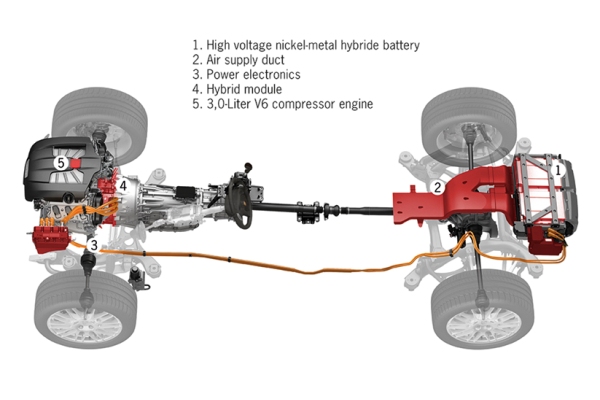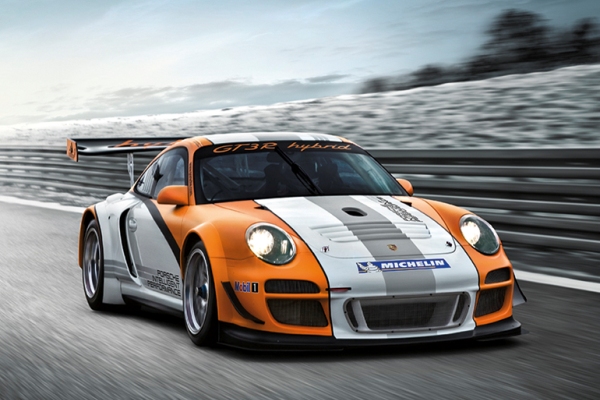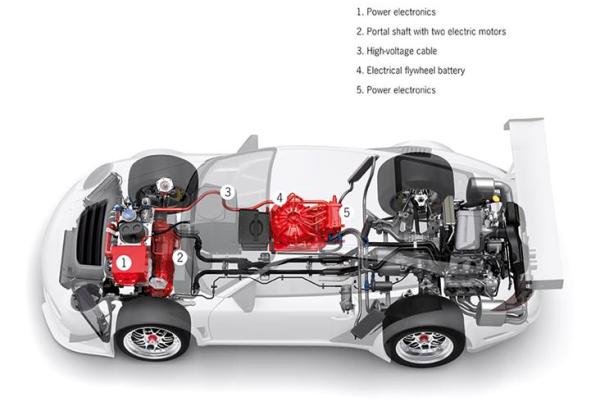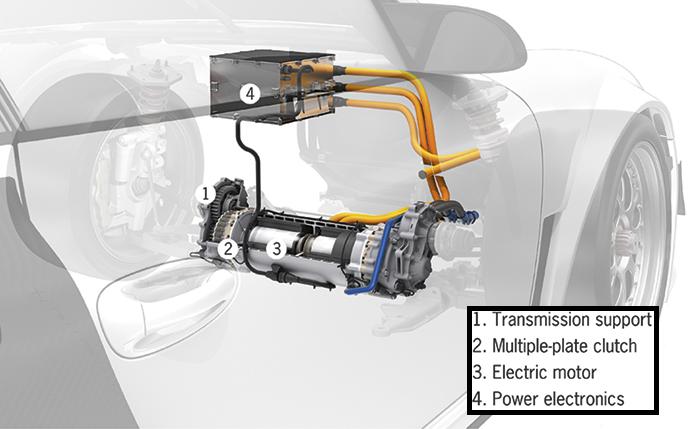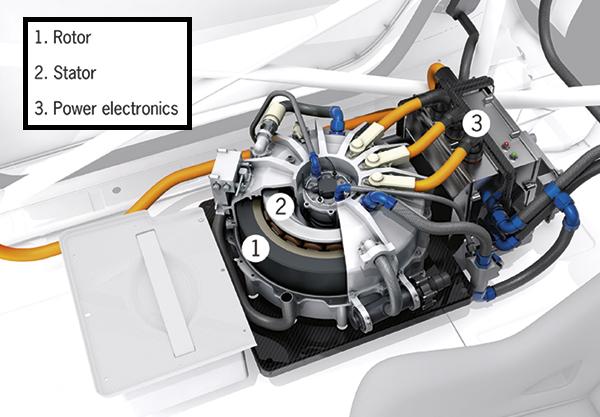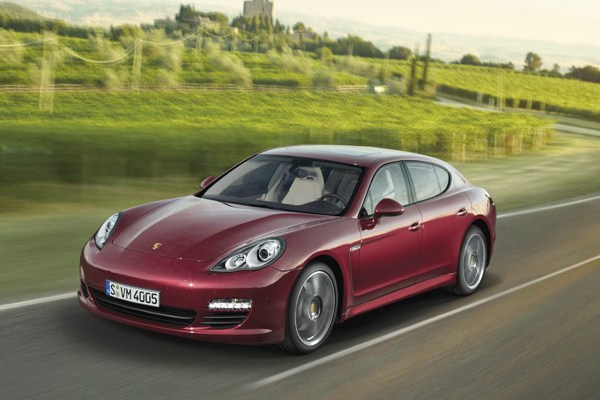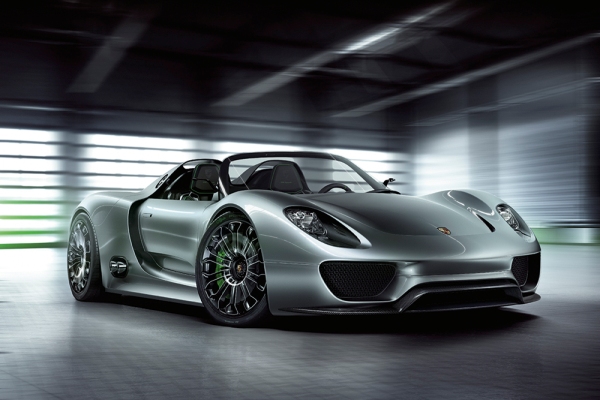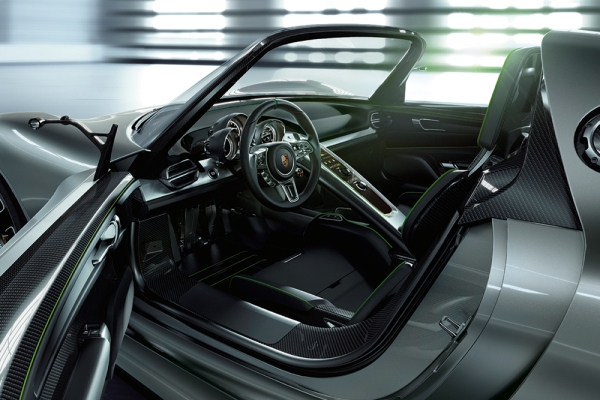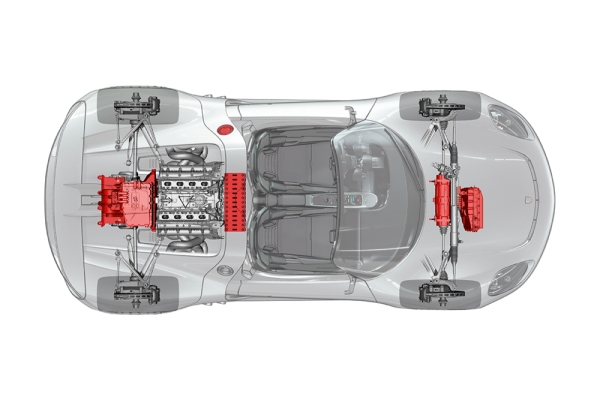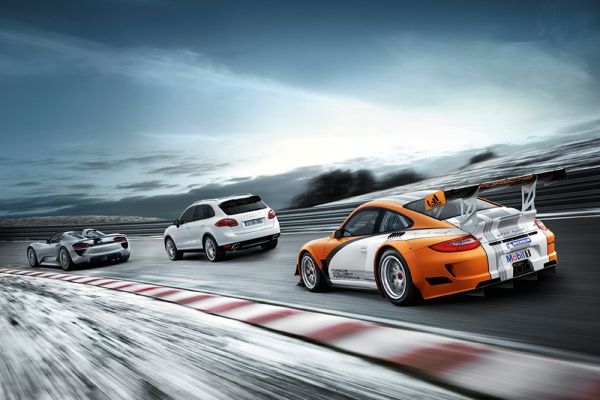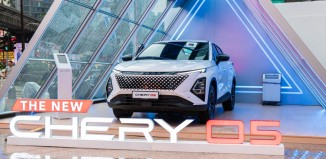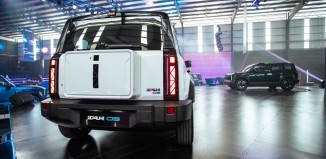Porsche advances hybrid powertrain development
The usual images conjured up in one’s mind when discussing Porsche would most likely be sports cars like the 911, Carrera GT and Boxster, perhaps even the Cayenne SUV. But before he got into the business of building fast cars, Ferdinand Porsche actually made a variety of things ranging from tractors to the Volkswagen Beetle.
There is another notable feather in his cap, however, that is little known beyond the circles of automotive history buffs. Ferdinand Porsche is the man who created the world’s first petrol-electric hybrid car. As proof of his undoubted genius, the modern day Chevrolet Volt and Fisker Karma run on the same basic series-hybrid powertrain setup as Porsche’s creation. Not only that, the Porsche Semper Vivus was four-wheel drive and was created in 1899.
In subsequent years, Porsche’s hybrid powertrain design made little headway in the automotive industry, although the technology did flourish on the railroad and in the sea. Diesel-electric locomotives and submarines are notable examples of this setup, which has a combustion engine powering a generator that supplies electricity to a motor that ultimately provides propulsion.
However, the recent re-emergence of hybrid propulsion in the automotive world has motivated Porsche rediscover its roots and pick things up where its founder left off 100 years ago. The second generation Porsche Cayenne SUV, launched recently in Malaysia, featured Porsche’s take on hybrid technology, and the said variant is indeed available for sale in Malaysia at RM720k before registration and insurance.
The Porsche Cayenne S Hybrid partners a 47hp electric motor with a 333hp 3.0-litre supercharged V6 to produce a combined 380hp @ 5,500rpm and 580Nm @ 1,000rpm. Fuel consumption is rated at 8.2 l/100km, which is actually higher than the 7.4 l/100km claimed by its oil burning sister, the Cayenne Diesel, but its performance is closer to the V8-powered Cayenne S.
A sophisticated set of electronics manage the Cayenne S Hybrid’s powertrain settings, and the system cycles between no less than six different operating modes on the move – Recuperation, Coasting, Boosting, Electric-Powered Driving, Load Point Shift, and Auto Start/Stop. Depending on driving modes, the electric motor alternates between being a motor, being a generator, or simply disengage itself so as not to become extra load.
A central party piece to Porsche’s ongoing research in hybrid technology is the 911 GT3 R Hybrid race car, which debuted at the recent Geneva Motor Show. After the glamour of Geneva, Porsche then put the car through a grueling examination of its credentials – the 24 Hours on the Nordschleife of Nurburgring on 15 – 16 May 2010. Having led the pack for eight hours, the 911 Hybrid was on the cusp of making history when engine problems ended its race prematurely after 22 hours and 15 minutes.
The engineering start point of the 911 GT3 R Hybrid was, well, the 911 GT3 R (997). Hanging out behind the rear wheels, in typical 911 fashion, is a 4.0-litre flat-six which drives only the rear wheels and provides primary propulsion for the car. Slight changes were made up front to accommodate a pair of electric motors tasked to drive the front wheels when acceleration was needed, and generate energy on braking. There is no mechanical connection between the front and rear axles.
The pair of electric motors up front are mounted on an inverted portal axle, which is essentially an axle that is offset from the wheel’s rotating axis. A design adopted from offroad applications, the 911 GT3 R Hybrid’s front portal axle sits lower than the front wheel’s rotating axis, which improves stability by lowering the front axle’s centre of gravity. Output of the motors are 81hp and 80Nm each, supplied on demand at the press of a button.
Under braking, the motor switches to generator mode, and the recuperated energy is stored in an Electric Flywheel Store mounted in the position usually occupied by the front passenger. The energy flow involved in storing the recuperated energy is somewhat complicated, but it essentially boils down to the vehicle’s kinetic energy converted first to electrical energy at the generators, and then converted back to rotational kinetic energy in the Flywheel Store.
What happens is that during the charging process, the electrical energy recuperated by the pair of generators up front spins a rotor in the Electric Flywheel Store. The rotor, acting as a flywheel, continues to spin freely until the driver calls for a boost, and the Electric Flywheel Store then acts as a generator, converting the rotational motion of the flywheel back to electrical energy which is then used to feed the pair of motors up front.
For the future, Porsche’s plans for hybrid technology will proceed with the Panamera Hybrid, due for global launch next year and also set to arrive in Malaysian shores shortly. A study project of an electric-powered Boxster has also been commissioned, and of course there is the impending arrival of the 918 Spyder, unveiled at the Geneva Motor Show this year as a concept vehicle.
Current plans call for the 918 to commence production in 2012, and for deliveries to commence by 2013. Porsche aims to deliver a previously unheard combination of a 3.2-second century sprint time and fuel consumption of 3.0 l/100km. Porsche’s future looks very interesting indeed.
911 GT3 R Hybrid on display in KL
To promote its advancements in hybrid technology, Porsche is sending a working replica of the actual 911 GT3 R Hybrid race car on a tour around the Asia Pacific region. The car is currently sitting at the Kuala Lumpur Golf & Country Club, where it will remain until 28 November 2010 before it gets carted off to Taiwan and Korea for the next legs of the tour.
Pictures: Official Porsche release.




